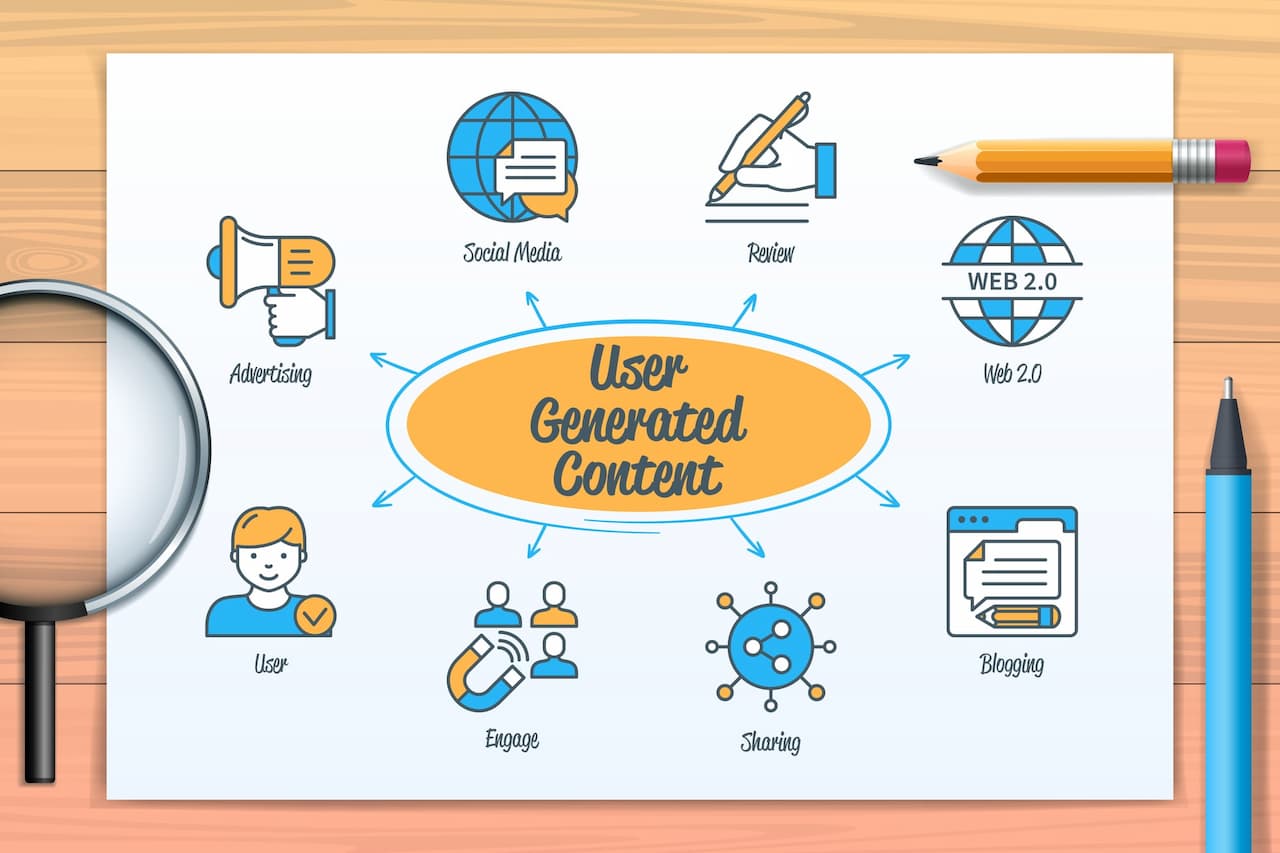
The role of user-generated content in visual marketing
User-generated content (UGC) has become a popular buzzword in recent years, and for good reason. Not only does it allow companies to create more cost-effective content, but it also adds a layer of authenticity and credibility to their marketing campaigns. In this article, we’ll explore the role of user-generated content in visual marketing, the benefits of incorporating it into your marketing strategy, successful campaign examples, and tips for doing it right.
Benefits of using UGC in visual marketing
UGC can provide many benefits when used in visual marketing. First and foremost, UGC allows for increased authenticity and credibility in your content. Traditional marketing content can come across as self-promotional, which can turn off potential customers. UGC, on the other hand, is created by your customers or followers, which makes it more genuine and trustworthy.
In addition to the authenticity factor, UGC can also drive higher engagement and user involvement. When your customers see that their content is being featured on your social media channels or website, they’re more likely to engage with your brand and create more content. This, in turn, can lead to an increase in followers, comments, and shares.
Finally, UGC can be a cost-effective way to create content. Traditional marketing content can be time-consuming and expensive to produce. UGC, on the other hand, is created by your customers or followers for free. By leveraging UGC, you can save time and money on content creation while still providing valuable content for your followers.
Examples of successful UGC campaigns in visual marketing
Some of the most successful campaigns in visual marketing have leveraged UGC. One example is the “Share a Coke” campaign by Coca-Cola. The company printed popular names on their soda cans and encouraged customers to take photos of themselves with their personalized cans and share them on social media. The campaign went viral, with millions of people sharing photos of their personalized cans, and it led to a significant increase in sales for the company.
Another example is the #ShotOniPhone campaign by Apple. The campaign featured photos and videos shot on iPhones by regular people, and it showcased the quality of the iPhone camera. The campaign was a huge success, and it helped to establish the iPhone as a leading smartphone for photography.
How to incorporate UGC in your visual marketing strategy
If you’re interested in incorporating UGC into your visual marketing strategy, there are a few things you should keep in mind. First, you need to encourage your customers and followers to create and share content. This can be done by creating branded hashtags or hosting contests that encourage user submissions.
It’s also important to make it easy for your customers to create and share content. For example, you can feature a gallery of UGC on your website or social media channels, which can encourage others to submit their content as well.
Finally, it’s important to ensure that your UGC fits in with your overall brand image and values. You should have guidelines in place for the type of content you’re looking for, and you should monitor submissions to ensure that they align with your brand.
Potential challenges and risks of using UGC in visual marketing
While UGC can provide many benefits for your marketing campaigns, there are also potential challenges and risks that you should be aware of. One risk is that UGC can sometimes be negative or off-brand. For example, a customer might submit a photo that is inappropriate or offensive.
To mitigate this risk, you should have clear guidelines in place for the type of content you’re looking for, and you should monitor submissions to ensure that they align with your brand. You can also consider using a platform that allows you to moderate submissions before they’re posted.
Another potential risk is copyright infringement. When customers submit photos or videos, they own the rights to that content.
To avoid any potential legal issues, you should make it clear in your guidelines that users must have the rights to any content they submit. You should also consider using a platform that allows you to verify ownership or obtain permission from the creator before using their content.
Finally, it’s important to ensure that you’re giving proper credit to the creators of any UGC that you use. This can help to build goodwill with your customers and followers and can also help to establish your brand as one that values authenticity and community.
Conclusion
Incorporating user-generated content into your visual marketing strategy can provide many benefits for your brand. By leveraging UGC, you can create more authentic and engaging content, while also saving time and money on content creation.
When done right, UGC can help to establish your brand as one that values community and authenticity, which can lead to increased customer loyalty and sales. To get started with UGC, consider hosting a contest or creating a branded hashtag that encourages your customers to create and share content. With a little creativity and planning, you can use UGC to take your visual marketing to the next level.